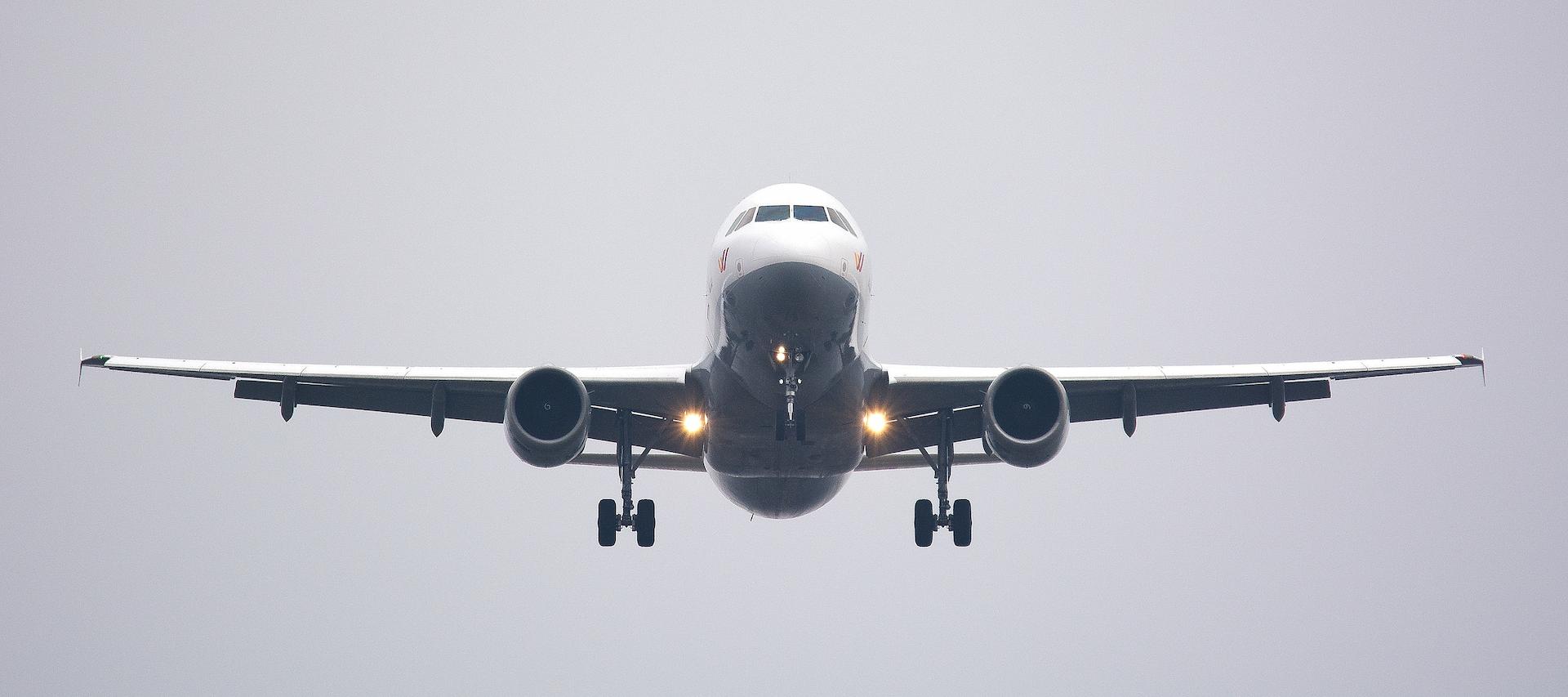Introduction
1. After two years of reduced air activity in the aviation industry, due to the restrictions from COVID19 Pandemic, this year air activity has recovered and perhaps as the statistics show so far, it will surpass the equally successful year in terms of air activity that we encountered in 2019.
2. One of the main factors for the continuation of the positive environment and growing of the aviation industry is to maintain the level of safety and security at high levels.
3. Helicopters are a key pillar of Aviation activity, both in commercial and private air operations.
4. The legal framework, for the operation of helicopters as well as the infrastructure of helipads and landing fields where helicopters operate, is the Commission Regulation (EU) No 965/2012 and the Greek National legislation (Presidential Decree 19/2009 -Official Government Gazette publication-issue Α 35/ Date 3-3-2009).
5. Taking under consideration:
• the safety issues that the European Aviation Safety Agency (EASA), has identified and is continuously monitoring with the implementation of specific processes, having already defined safety improvement actions and measures, in the European Plan for Aviation Safety (EPAS) for the years 2022-2026,
• the safety recommendations issued by the AAIASB (Air Accident Investigation Aviation Safety Board), following the investigation of the recent helicopter accident.
• safety related reports (occurrence reporting) on the use of landing fields,
• the particularly increased traffic on VFR routes,
• the minimum number of safety incident reports,
• the relatively increased commercial pressure, helicopter aircrews may confront,
HCAA (Hellenic Civil Aviation Authority), issues this Advisory Notice:
(Safety Information & Advisory Notice – HCAA SIAN 02-2022)
SAFETY ISSUES
Safety issues follow, as they are presented in the European Plan for Aviation Safety (EPAS 2022-2026) of EASA and are related to Helicopter Operations in Greece (for further analysis, may you refer to EPAS 2022-2026 volume III – Safety Risk Portofolios).
- Inadequate obstacle clearance during low-altitude operation, take-off and landing (SI-8031)
- Poor pre-flight planning and preparation (SI-8017)
- Poor management of take-off and landing sites (SI-8034)
- Inadequate flight path management during manual control (SI-8023)
- Insufficient safety culture of organization (SI-8045)
- Ineffective safety management systems (SI-8044)
- Lack of knowledge of aircraft systems and application of procedures (SI-8011)
- Inadequate airborne separation under VFR operation (SI-8028)
- Inadequate training and competence transfer – initial and recurrent training (SI-8015)
- Pilot fatigue (SI-8016)
- Incorrect application of operational rules and procedures (SI-8012)
- Inadequate handling of engine loss power in flight (SI-8026)
- Downwash adverse effects (SI-8041)
- Navigation-related issues (SI-8036)
- Unruly passengers (SI-8042)
Some of the above safety issues may have their root cause as follows:
- Due to the organization’s ineffective Safety Management System, resulting to insufficient safety culture in the organization, discouraging the reporting of safety incidents (occurrence reporting), no risk analysis for new destinations, etc.
- Due to “commercial pressure”, in the air transport sector (heavy workload), resulting to poor pre-flight planning and preparation, non-compliance with safety procedures, non approved VFR routes, the operation under weather conditions even below the approved minimum, the use of unsuitable landing fields, non-compliance with Flight Time Limitations etc.
Compliance/ Actions taken
1. All Organizations have to:
a) Review the efficient application and effectiveness of the Organization’s Safety Management System (SMS).
b) Encourage and reinforce aircrew, to report safety and security incidents (occurrence reporting) and to promote safety culture in the organization.
c) Ensure compliance in accordance with ORO.GEN.110 Commission Regulation (EU) No965/2012 “Operator responsibilities”. Covering all flight stages.
d) Consider “commercial pressure” as a safety hazard, being monitored through the Safety Management System SMS, so as to preclude and mitigate relevant risks (SRM Safety Risk Management).
e) Ensure flight crew briefing times are adequate, so as to enable aircrew to overcome operational risks and take the appropriate decisions for the safe operation of the flight (adequate time, for best decision making, minimizing related safety risks).
f) Include in all flight crew training (initial, recurrent etc.), the highest importance of the occurrence reporting process and its benefits, as well as the ways and means to cope with “commercial pressure" and its negative consequences during flight operations.
2. The entire organization’s Flight personnel :
a) Should comply with all the procedures outlined in all the air carriers approved manuals and ensure that they fulfill their tasks and responsibilities in accordance with CAT.GEN.MPA.100, NCC.GEN.105 AND SPO.GEN.105, Commission Regulation (EU) No965/2012.
b) Should report and communicate incidents of actual perceived commercial pressure through the organization's occurrence reporting system (SMS).
(The following apply also to GENERAL AVIATION flights)
c) Should use landing fields according to CAT.OP.MPA.105 Commission Regulation (EU) 965/2012 (attach.), Article 12 of Presidential Decree 19/2009 and the requirements according to AIP GREECE: ENR 1.1 paragraph 1.1.11.1.2.1, 1.1.11.1.2.1.3 (attach.) and for GA (General Aviation) flights AIP GREECE: GEN 1.2-5 paragraph 1.2.1.5. 1.2.5.2.5 and 1.2.5.2.6 (attach.).
d) Should comply with the instructions of AIP GREECE regarding air traffic (for example VFR routes).
e) Should inform passengers about no disruption to the flight crew, during critical phases of the flight, as it may be a hindrance to the safety of the flight (wherever applicable, according to the aircraft type and type operation).
f) Should inform passengers about all safety procedures, during the flight (boarding and disembarking).
All organizations are recommended to communicate the above Safety Information & Advisory Notice (SIAN) and make its content known to their flying personnel.
Moreover notify HCAA, via email [email protected] about all relevant actions taken, according to the field of their jurisdiction (type of Flight Operation).
Aircraft Owners and Pilots Association Hellas, is requested to communicate this (SIAN) to its members.





